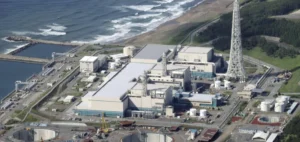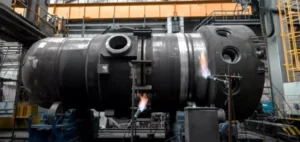NANO Nuclear Energy Inc. has announced the launch of True North Nuclear Inc., its new Canadian subsidiary, following the acquisition of Global First Power Limited. This move aims to centralise the regulatory, technical and industrial efforts related to the development of the KRONOS MMR™, an advanced modular microreactor, in support of a parallel expansion strategy across the United States and Canada.
Convergence of North American nuclear investments
The newly created Canadian vehicle will focus on construction, demonstration and regulatory licensing of the KRONOS MMR™ within the country. NANO Nuclear plans to submit a Licence to Prepare Site (LTPS) application to the Canadian Nuclear Safety Commission. This submission builds on the partial approval already granted to Global First Power Limited, which had previously led the reactor’s design review.
At the same time, the company is continuing pre-construction work on a KRONOS MMR™ prototype at the University of Illinois at Champaign-Urbana. A construction permit application is expected to be submitted to the U.S. Nuclear Regulatory Commission in the first quarter of 2026. NANO Nuclear’s binational approach allows it to strategically allocate investments across two distinct but complementary regulatory frameworks.
Regulatory optimisation and technological rollout
True North Nuclear will operate as a coordination hub for NANO Nuclear’s Canadian projects, leveraging the country’s favourable regulatory environment for microreactors. The goal is to facilitate licensing processes while gradually deploying KRONOS MMR™ units in industrial, remote, or institutional settings.
The company’s leadership states that this structural reorganisation will allow for more effective allocation of financial and technical resources. True North Nuclear’s positioning in the Canadian market complements NANO Nuclear’s expansion strategy across North America, where investments in small nuclear technologies are increasing through both public and private initiatives.
Regional structuring and industrial roadmap
The new entity is part of a regional development framework based on jurisdictional complementarity and the gradual integration of small-scale nuclear projects. The alignment of Canadian and American regulatory procedures offers NANO Nuclear flexibility and growth leverage in a market where modular infrastructure is becoming a key investment criterion.
The company anticipates accelerated phases of technical validation and implementation thanks to the consolidation of its investments under a dedicated entity. This approach is intended to promote the industrial adoption of the KRONOS MMR™, while complying with safety regulations specific to each region.






















